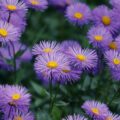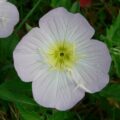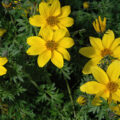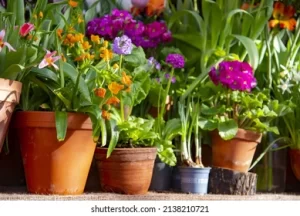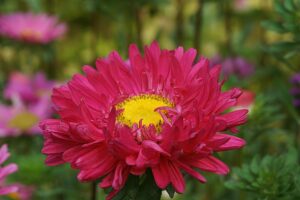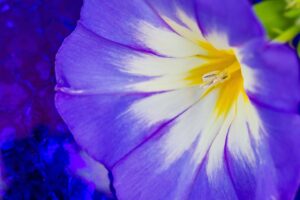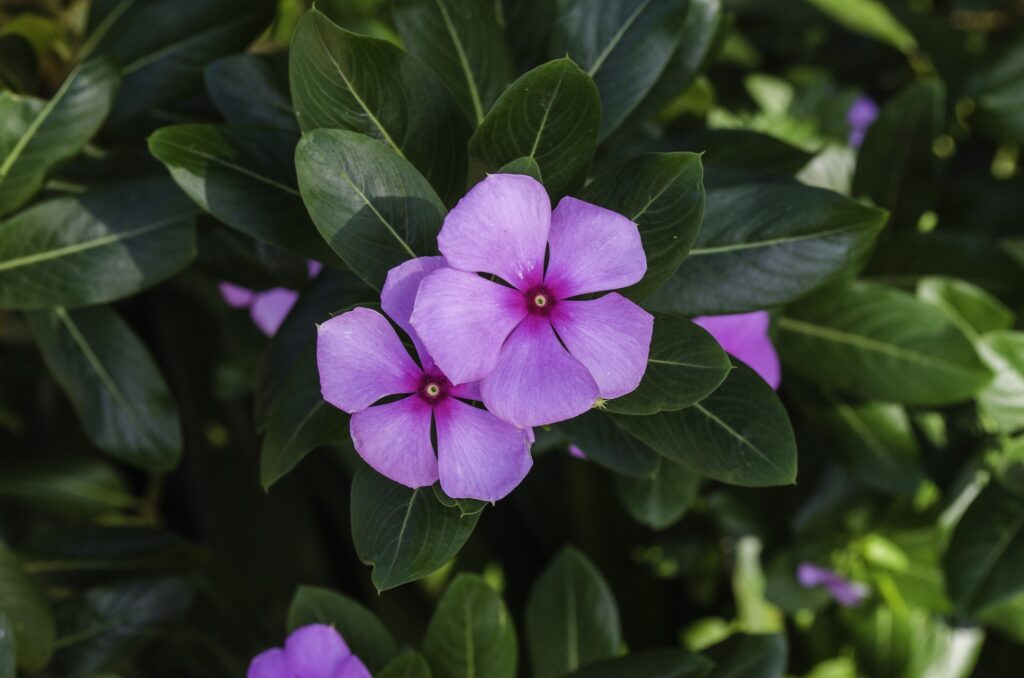
periwinkle
In the intricate tapestry of nature, where every periwinkle thread has a story and every color a voice, there lies a hue so subtly enchanting that it often whispers past unnoticed. This is the story of the periwinkle, a plant as modest in its demeanor as it is rich in its history and symbolism. In the style of a New York Times bestselling author, let’s delve into the world of this unassuming yet captivating flower.
The Periwinkle’s Humble Beginnings
Our story begins in the ancient woods and stony castles of Europe, where the periwinkle first sprouted its delicate tendrils. Known scientifically as Vinca, this evergreen shrub quietly conquered landscapes, its glossy leaves and starry flowers creeping through the undergrowth. The periwinkle, with its gentle hues of bluish-purple, emerged as a symbol of serenity and persisting memories, weaving its way through folklore and herbal medicine.
A Symbol of Timeless Memories
The periwinkle is more than a mere plant; it’s a holder of memories, a bridge to the past. In the language of flowers, it represents sweet remembrances and enduring love, a theme resonant in Victorian literature where flowers held deeper meanings. This plant, often found in graveyards, whispers tales of eternal love and remembrance, serving as a connection between those who have passed and those who remain.
The Periwinkle Healing Enigma
Amidst its delicate petals lies the periwinkle’s paradoxical nature. For centuries, herbalists have revered the plant for its medicinal properties. Its extracts, rich in alkaloids, have been used to treat ailments from memory loss to blood pressure irregularities. Yet, this same beauty harbors a toxicity that demands respect and careful handling, a reminder of nature’s intricate balance between healing and harm.
The Artist’s Muse
The periwinkle color, a blend of blue and purple, has inspired artists and poets through the ages. This hue, soothing and mystical, evokes a sense of calm and spiritual depth. It’s the color of daydreams and introspection, of early spring skies and twilight shadows. In art and design, periwinkle blue is a reminder of nature’s palette, a nod to the subtlety and depth of the natural world.
An Ecological Parable
In modern times, the periwinkle story takes on an ecological twist. As the plant spread across continents, its role in new ecosystems became complex. In some regions, it’s valued for its robust nature and ability to cover ground; in others, it’s viewed as invasive, a threat to native flora. This dual identity of the periwinkle mirrors our own challenges in balancing conservation with appreciation of nature’s wanderers.
The Garden’s Quiet Companion
For gardeners, the periwinkle serves as a loyal groundcover, a backdrop against which bolder flowers shine. Its persistence and low-maintenance nature make it a favored choice for those seeking beauty without the toil. Yet, in its quiet existence, it teaches us the beauty of subtlety, of the understated elegance that supports and enhances the garden’s louder stars.
The Periwinkle’s Legacy
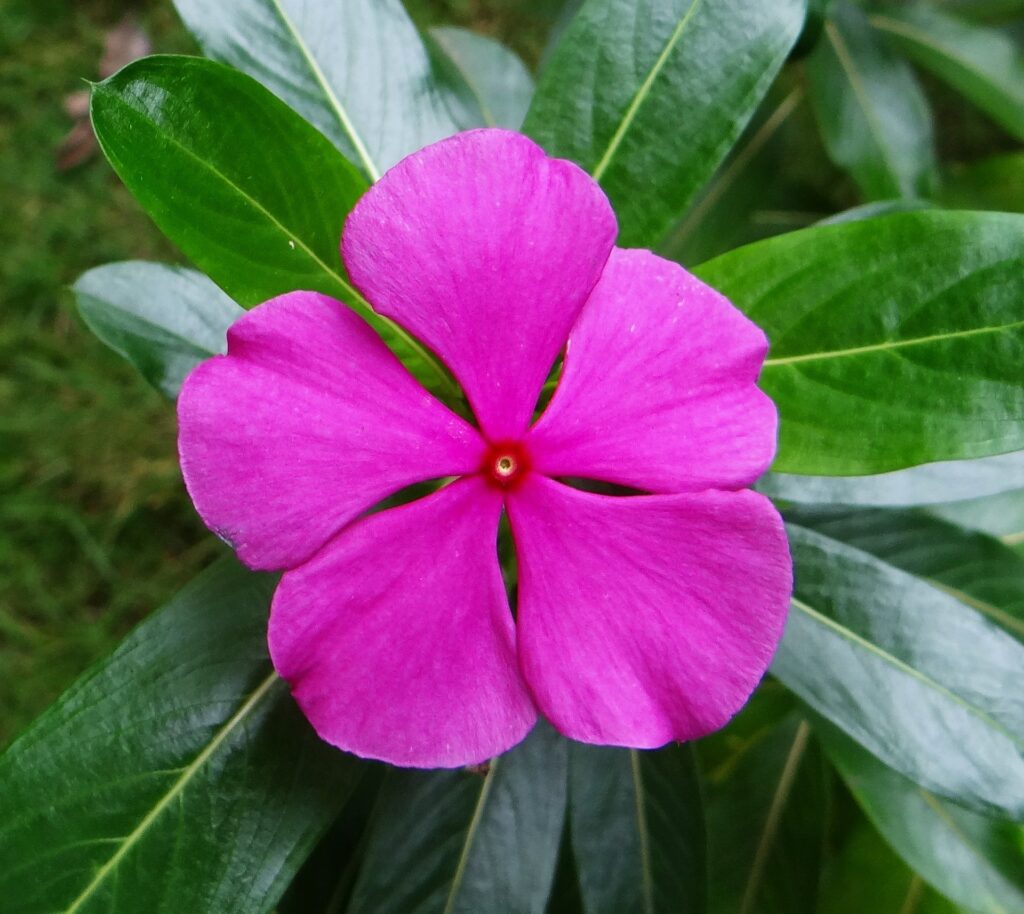


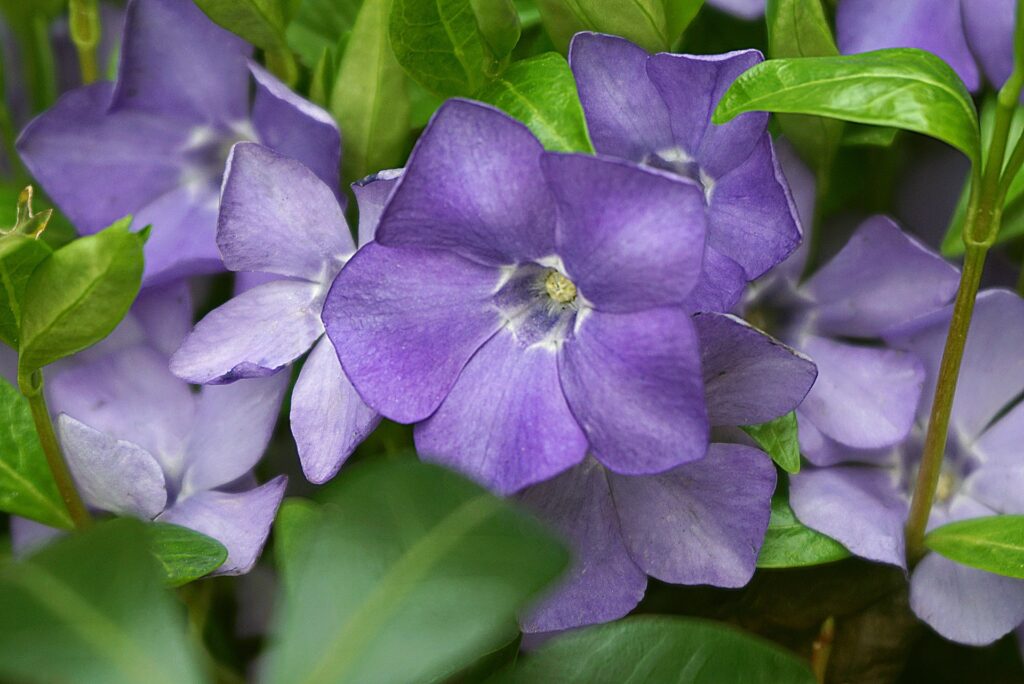
As we close the chapters of the periwinkle’s story, we are reminded of the quiet threads that weave through the tapestry of nature and life. The periwinkle, with its unassuming grace, teaches us to find beauty in the subtle, to respect the balance of nature, and to cherish the memories held within the simplest of things.
In the whispers of periwinkle, we find a story of resilience, of history and healing, of artistic inspiration, and ecological complexity. It’s a story that encourages us
to look closely, to listen deeply, and to appreciate the quieter, often overlooked elements of our world. The periwinkle, in all its humble glory, is not just a plant but a symbol of life’s enduring mysteries and the quiet strength that underlies nature’s most delicate expressions.
As we walk through gardens or wild paths, let us pause to acknowledge this modest yet mighty flower. Let it remind us of the delicate balance between growth and restraint, between spreading our branches and rooting ourselves firmly. In the periwinkle’s persistence, we find a metaphor for our own journey – one of resilience, quiet growth, and the beauty of blooming in our unique way, at our own pace.
In a world that often prizes the loud and the immediate, the periwinkle stands as a testament to the power of the understated. It asks us to appreciate the slower, steadier rhythms of life, to find solace in consistency, and to see the profound in the simple. Its story is one of continuity, a gentle reminder that some of life’s most profound lessons and beauties are found not in the grandiose, but in the quiet corners, in the soft hues, in the whispers of periwinkle.
And so, as the seasons turn and the periwinkle blooms once more, let it be a symbol of our connection to the past, our hope for the future, and our appreciation for the enduring beauty of the present. In the periwinkle’s tale, we find a reflection of our own – a narrative of endurance, grace, and the subtle yet profound beauty of life itself.
